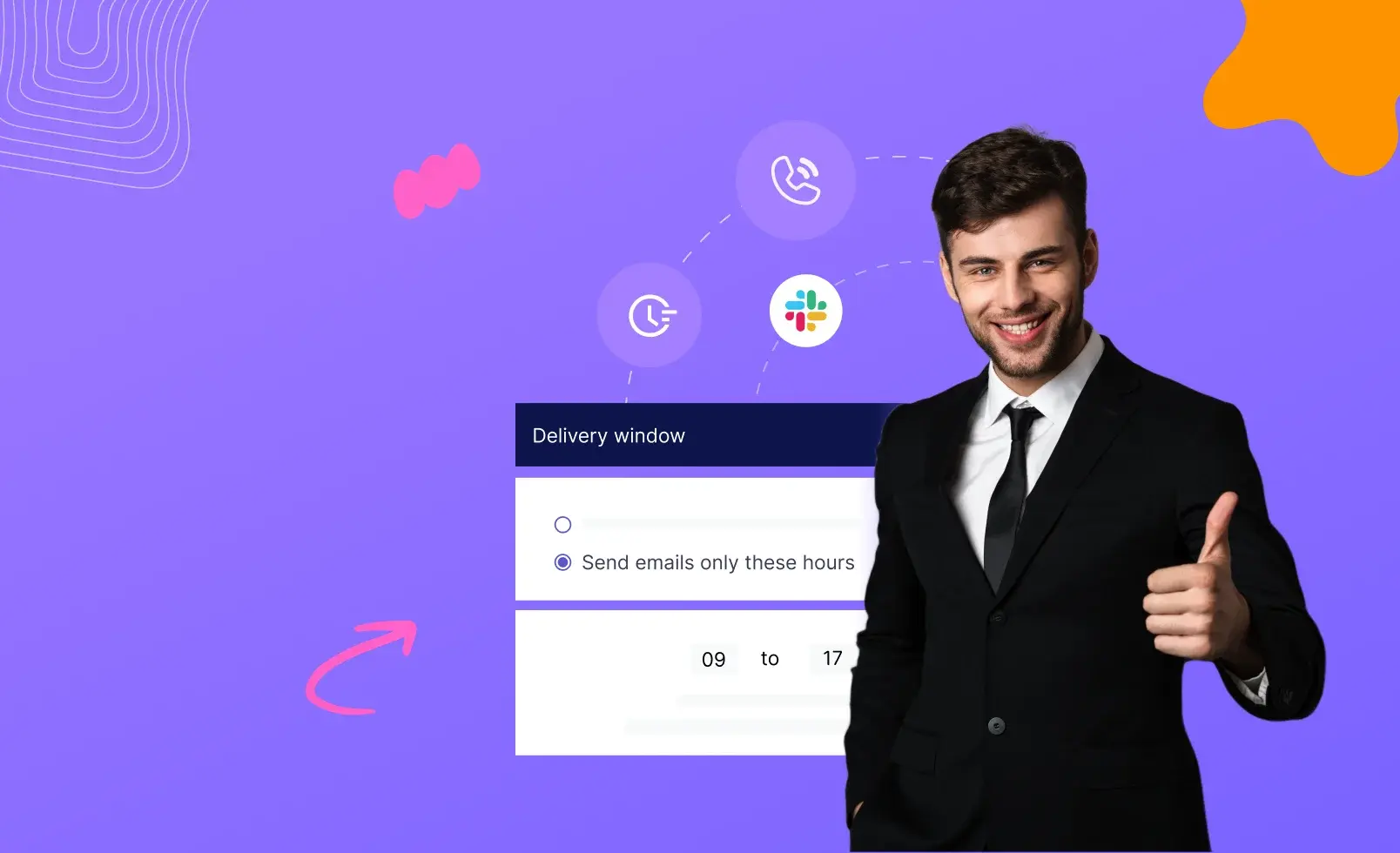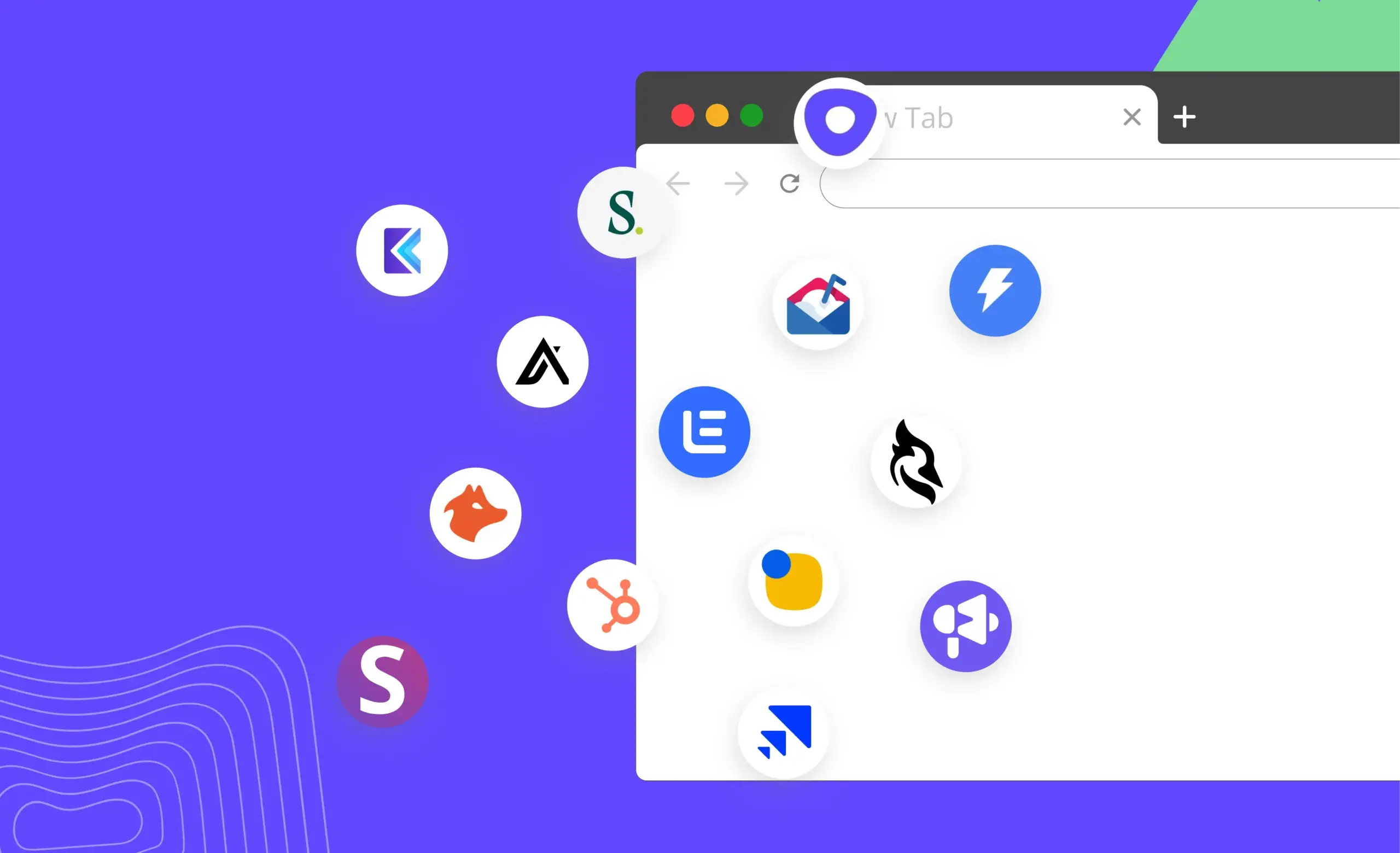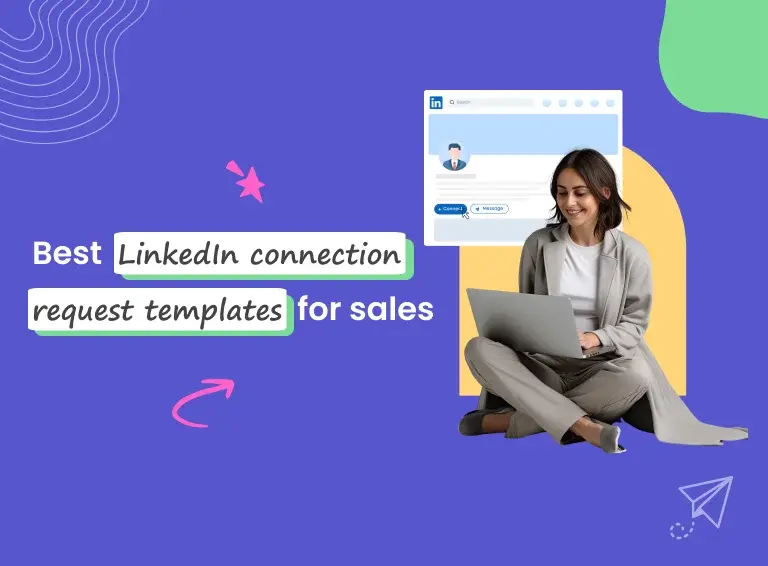Your prospects fight 100-150 distractions in the form of emails, calls, and other interactions every day.
Having to redirect attention to every email or sales pitch as you get through the day can be maddening.
When prospects are constantly bombarded with sales emails, over time they tend to become blind to the irrelevant ones.
But, as a salesperson, this can be detrimental to prospecting. And worse, you could be lulling your prospects to sleep without even realizing it. By sending them information that they can’t resonate with.
The plethora of advice on the internet recommends you increase your sales touchpoints until your prospects show interest.
This is prudent. But it only takes you so far.
The onus of finding a way to stand out in your prospect’s mind is on you.
And you can’t achieve this if your prospects are zoned out.
Why your Prospects are not Engaging with your Outreach:
- Lacking Personalization
- Tunneling your pitch to a purchase
- Peddling features instead of outcomes
- Investing your outreach in one or two channels
1. Lacking Personalization
Irrelevance kills your pipeline. Even great products or brands leave money on the table when they miss the mark on personalization.
A McKinsey study reveals that over 76% of customers stated personalization (or lack thereof) is a key factor that influences buying behaviors.
While the B2B buying processes and cycles may vary from that of B2C, the effect of personalization tends to be similar because the B2B buyer is first and foremost a human. And highly personalized interactions help you get a foot in the door.
Creating a personalized experience helps you:
- increase the likelihood of booking meetings,
- improve loyalty,
- achieve customer advocacy.
2. Tunneling your Pitch to a Meeting
In physics, quantum tunneling is a phenomenon in which objects tunnel or penetrate through a potential energy barrier with continuous force.
Several salespeople have similarly tunneled their way into a deal in the past.
However, aggressive pitching doesn’t work now. Since organizations tend to tighten their budgets in a recession and scrutinize every purchase, turning even active buyers into passive ones.
You can’t pitch to a prospect who has no intention to buy and hope they’ll change their mind.
Segment your prospects and meet them where they are in their prospect journey.
Create awareness to help prospects realize the problem before you dive into your pitch.
3. Peddling Features instead of Outcomes
Features are all about you or your brand. But, to a prospect, this means very little.
Most people won’t consider a service or a product unless it addresses a problem they face.
When you start your emails like this…
Hey [Firstname], I am the [designation] at [company], and I work with other players in the market to accomplish their [business goals] and achieve [outcomes].
…they are most likely to go unnoticed. Because it glorifies your service and achievements and takes the prospect's needs out of the picture.
Instead, try one that sounds like this:
Hey [Firstname], I saw that your [sales team grew by 20 people in the last year]. How are you ensuring [that your team is reaching out to the right prospects at the right time] As you scale your outreach, it becomes difficult to keep track of all your prospects and follow up with them.
Klenty helps you automate your outreach and book 3x more meetings. Interested to learn more?
This puts the customer and their pain points at the center and shows them how to resolve the problem.
When you dive into benefits and outcomes, you create a compelling pitch that captures your prospects’ attention.
In addition, you can also highlight the cost of inaction, i.e, the continued struggles or pains when prospects don't buy.
4. Investing your Outreach in just One or Two Channels
You simply can’t put all your eggs in one basket and limit your outreach to a few channels.
This decreases the odds of starting a conversation with your prospects and lowers your chances of opening a conversation.
Additionally, you’re also at greater risk if you run into issues or restrictions, such as deliverability issues on your email address or restrictions on your LinkedIn account, on one channel.
Salespeople who use multiple channels get higher response rates from customers.
Because they have more opportunities to reach out.
Prospects who are not active on one channel, say email, may be active on another, such as LinkedIn.
Legacy Solutions don't Solve the Whole Problem
Legacy sales automation tools provide basic personalization and the ability to contact your prospects on a few channels.
While this helps you scale your outreach, running one-size-fits-all cadences creates resistance among your prospects. It is difficult to distinguish the prospects with the highest intent to buy from those passively looking.
Blindly following up with every prospect will drown you in chaos.
Additionally, prospects are not active across all channels.
Managing engagement across various platforms and centralizing all the data can become tedious. This creates communication gaps and leads to a mountain of manual data entry work.
These legacy solutions are not effective for markets that are driven by the constant stream of information and awareness. This calls for a new way to execute your outreach.
Here are Four Ways Klenty Helps you Stay on top of your Prospects’ Minds
1. Personalize Every Touchpoint
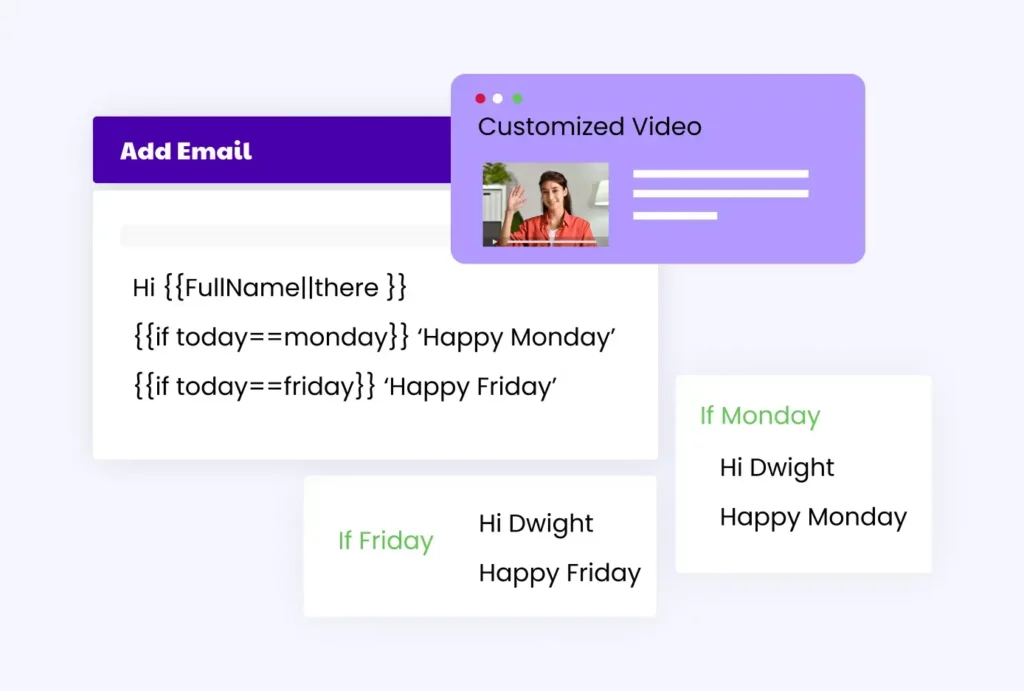
With Klenty you can add a personal touch to every email, text, and LinkedIn activity that you send to your prospects.
Use personalized images, videos, and liquid templates to personalize every engagement at scale.
2. Tailored Outreach for Every Journey
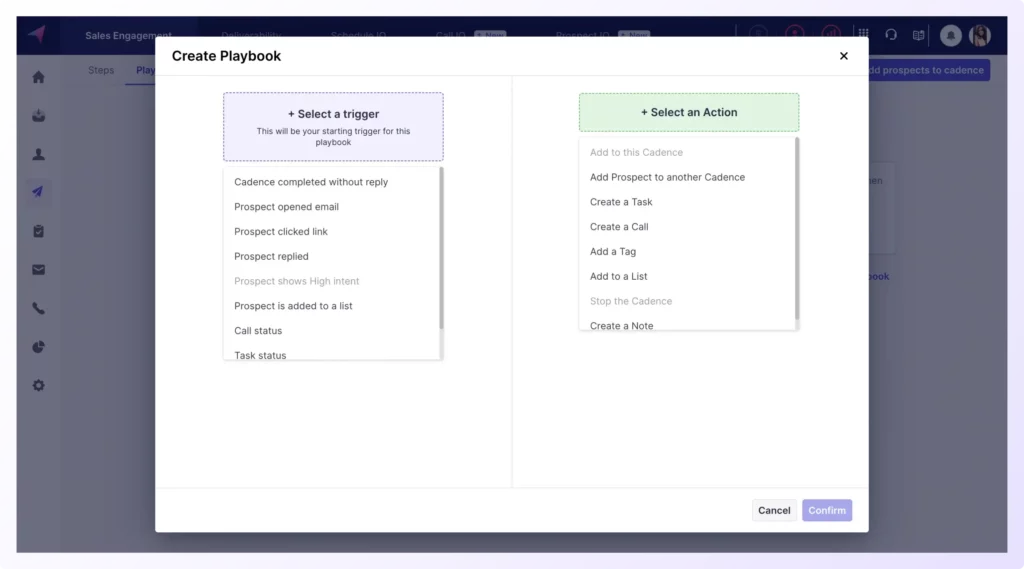
Use Klenty’s Playbooks to segment highly engaged prospects and redirect them to different cadences based on their intent levels.
Make sure you spend your time converting the right prospects, while also nurturing those who are not ready to open conversations or book meetings just yet.
For instance, you can use Playbooks to move unresponsive prospects from email-heavy cadences to other channels such as LinkedIn. Create LinkedIn tasks to send connection requests or messages and execute them at scale.
3. Be Time-Sensitive
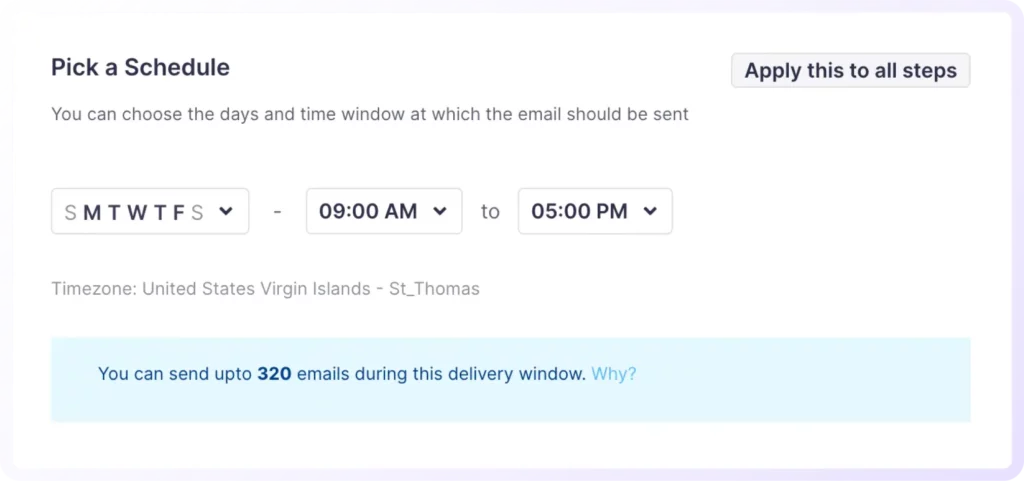
Stay cognizant of your prospect’s time and reach out to them during their active hours with Klenty’s features such as Prospect Timezone detection and Delivery Windows.
Klenty helps you stay aware of your prospects’ local times and send the right message at the right time. By grouping prospects by their timezone on the Activity Center and executing tasks at scale.
4. Never Miss a Beat: Unify your Channels
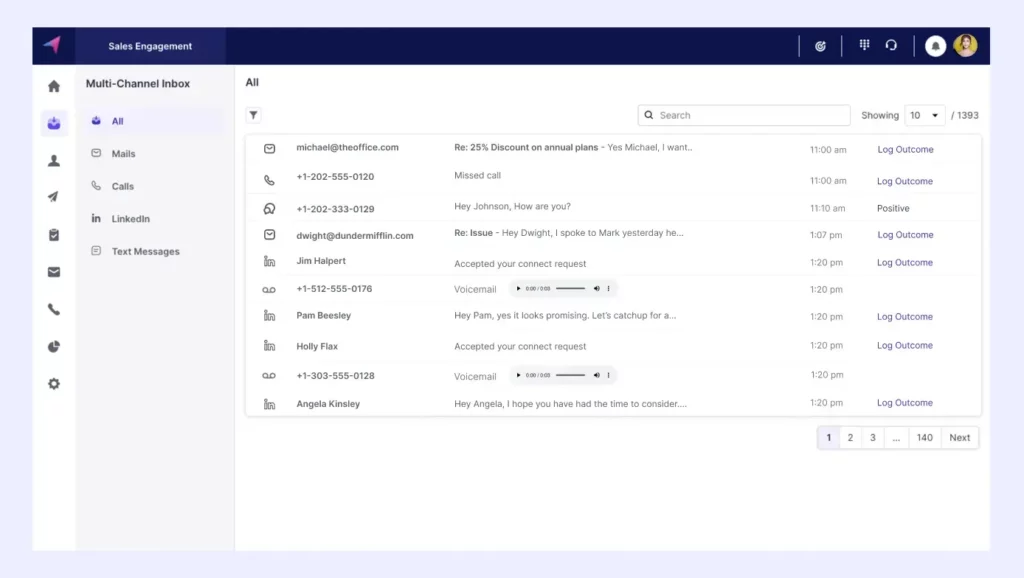
Even always-ON salespeople cannot be tuned into all channels at all times. But with Klenty’s Multichannel inbox, you can get notified of prospect engagement across channels.
The Multichannel inbox consolidates all your prospect communication, notifies you of updates, and enables you to respond across channels from one central space.
Conclusion
Leave outdated cookie-cutter sales strategies behind and tailor your outreach to ensure your prospects aren’t snoozing through your outreach. Use a Sales Engagement Platform to personalize every touchpoint, execute intent-driven outreach, and unify all your channels.
